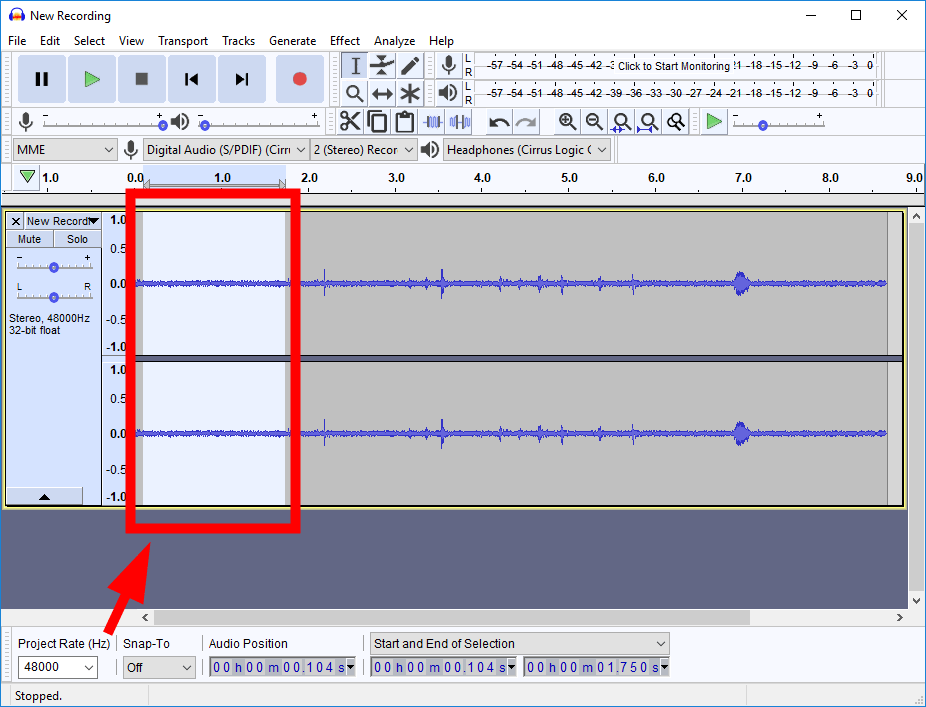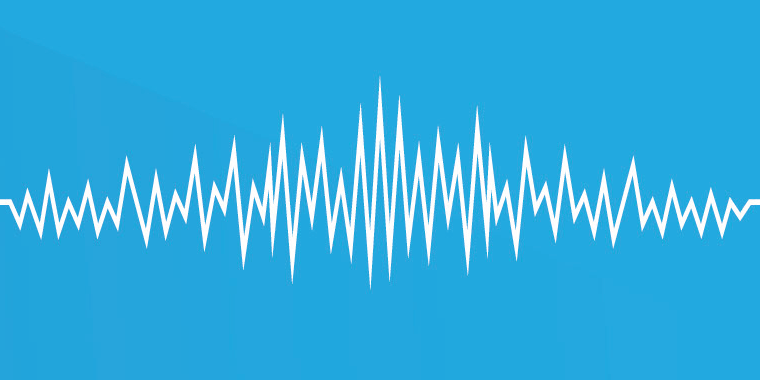

You will often get suggestions that you can get rid of static with audacity. It often comes from noisy computers or headphone issues creating disturbance for voiceovers. Static is an overlapping of voices that give unclear audio clips.
#Audacity remove background noise how to#
4 major Background Noise And How To Remove It Without Audacity We have another alternative to these software, and it’s Audo Studio.

And the best part, you can remove background noise without Audacity, Garageband, or Adobe Audition. In this latest article, we are covering every noise disturbance y’all face while recording audio online. After going through your edited clip, you would probably hear background noise of wind, hiss, static, and other interferences. Got another issue with poor audio quality? Background noise can easily get in your audio clip and yeah it’s hard to avoid it while recording. Apply this effect before applying Noise Removal.Hi there. This page on the Audacity wiki outlines the steps.
If your problem is mains hum or a high-pitched whistle, the use of a Notch Filter. Duplicate your source track before you apply noise removal, and adjust the relative volume of the two tracks to get the best sound quality. to remove hum or whistle before tackling the hiss. One exception to this rule is applying the optional Notch Filter. It works best as close to the source of the noise as possible. Do any click removal, compression or other effects after doing noise removal, not before. If you are still having problems the following tips may help: Unfortunately, when the noise is very loud, variable, or when the signal is not much louder than the noise the result may be too distorted. When there's only a little bit of noise, and the signal (that is, the voice or the music or whatever) is much louder than the noise, this effect works well and there's very little audible distortion. This is normal and there's virtually nothing you can do about it. 
Removing noise usually results in some distortion.
Isolate: Select this option to leave just the noise - useful if you want to hear exactly what the Noise Removal effect is removing.Īfter creating a noise profile, CTRL + R or Effect > Repeat Noise Removal will apply Noise Removal. Remove: Select this option to remove the noise from the selection. Use a smaller value if it varies rapidly. Use a larger value if the background noise is pretty constant. Attack/decay time (secs): How quickly noise removal reacts. If your noise is more like a hiss, then a larger value will generally be better. 
If your noise is a single frequency such as mains hum or a high-pitched whistle, then keep this value small.
Frequency Smoothing (Hz): The larger this value the more that the effect considers different frequencies as "the same". If you still get a little distortion, try adjusting the following two sliders. For heavier noise or noise that is blended into the audio, move the Sensitivity slider rightwards from zero, and experiment by setting both this and the Noise Reduction slider to the lowest levels conducive with effective noise reduction. With light noise or noise that is very different to the audio, you may not need to adjust Sensitivity.








 0 kommentar(er)
0 kommentar(er)
